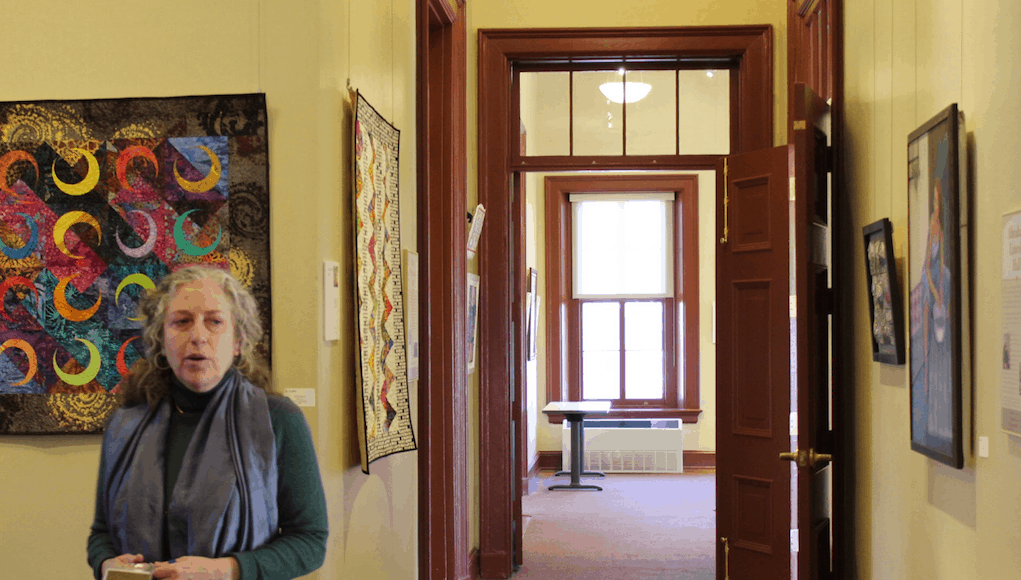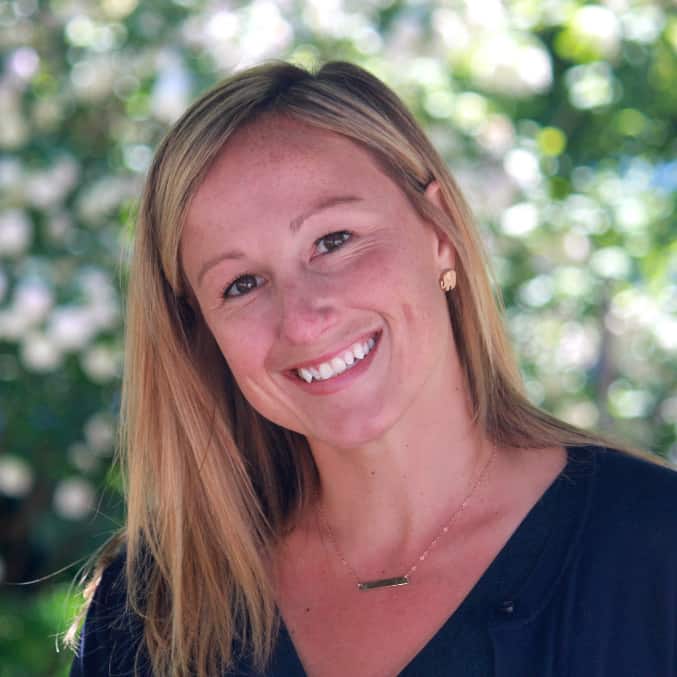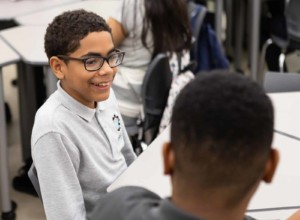A Place-Based Micro-School in the Heart of D.C.

If you stroll the streets of Capitol Hill, you will pass the Supreme Court, the U.S. House and Senate, and Blyth-Templeton Academy. The Blyth Academy model (personalized education, small class sizes, and experiential learning) has been around for over forty years, and is used in over fourteen campuses in Canada. Temp Keller, Co-Founder and President of the joint-venture, saw the potential of the model to be successful and decided to open doors to the first U.S. Blyth-based school three years ago. He saw a similar powerful pedagogical approach first hand during 2012 when he was an Entrepreneur in Residence at Acton Academy and knew it was the type of model he wanted to create at Blyth-Templeton. Choosing Capitol Hill as the location was intentional — rich with history, activism and culture, the surrounding community is thriving with learning experiences and connections for high school students.
We Have the City
The school itself is located in the Hill Center, an old naval hospital turned into a center for arts, education and cultural programs. Students are surrounded by local art and daily interactions with members of the community who come to the Hill Center for events and programs. This is a value-add and asset when it comes to the experiential learning of Blyth students. It also adds to the day-to-day operations and routines; no bells, no hall passes, no library (they use the public library down the street) and no big yellow buses (students use public transportation).
“Learning can, and should, happen anywhere — we have the city,” said Lee Palmer, Head of School. In order to ensure that learning truly can happen anywhere (including anywhere on the school’s campus), high-speed wi-fi was installed, and the team partnered with local co-working spaces in case there was a need for particular equipment or specific spaces for students. Core to the model is that learning about place and learning within the community is essential. We know place-based education enriches the lives of students and also of the community members and people that they engage with.

Students take two classes per term, each an integrated block focused on developing student core competencies and life skills. “Take Foundations and Interdisciplinary Studies for example, which students call Life 101 and 102. Students are learning how to learn and work with others. They are learning life skills and how to survive in the real world,” Palmer continued.
Two students I spoke with were meeting with their teachers about their urban city designs in a bright, airy 3rd-floor room. Students appreciate the small class sizes and intentionality around making the curriculum meaningful and tied to their goals as well as core content. Students also expressed an appreciation for the community, and the fact that they got to interact with and connect with people they may not have had the chance to otherwise (say if they were at a large, comprehensive high school). Students demonstrated mental agility, moving in and out of different spaces and working with different types of people with ease.

Microschools on the Rise
Tom Vander Ark has long predicted that microschools like Blyth are on the rise. He has seen countless leaders tire of models that just aren’t working for students and have decided to take a different approach — many choosing to open microschools. He shared that as more microschools open, leaders will see the power and utility of being a part of a microschool network.
Microschool networks will provide educators with a common learning model, a shared platform and more frequent and in-time high-quality professional learning experiences. While microschools may still take a DIY approach in finding and establishing their school site, identifying their theme, and picking what they want to focus on, the network (schools, people and resources that are a part of it) will provide a foundation and support.

Piloting new ideas is worth it–we need change in education, and to provide students with more meaningful, connected learning experiences. However, we also need to use lessons learned from others who have tried similar models or approaches, and fail forward and iterate quickly. Networks provide leaders the ability to do both by trying new ideas with the help of well-informed support and resources.
Going Micro
WeWork has already begun setting up their network of microschools, and will continue to expand their place-based model. Another place-based microschool we love is Houston’s A+ Up, which is led by Paul Castro. Students frequent downtown museums as part of their learning. He shared his 7-step development process:
7-Step Microschool Development Process
- They studied blended, personalized, and competency-based learning models nationally
- They built valuable community learning partnerships with museums–we call that #PlaceBasedEd
- They designed a rich learning model that leveraged blended and Place-Based Ed
- They constructed a small school model (2 teachers, 40 students) that they could test
- They raised funds to pilot the learning model
- They iterated on the model for two years
- They used pilot results to raise additional funds to launch a microschool network
Whether at the early childhood or the high school level, we see that leaders are listening to their students and developing responsive microschool models. Challenges still remain in microschool funding and launch efforts, but we are hopeful that, as more microschools emerge and see success, we will have lessons to learn from and leaders to look to. As Tom would say to educators looking to get started with their next school idea, “Try it on a micro-level.”
Interested in starting a microschool? See these five tools that will make the journey a bit easier:
- Platforms: learning platforms continue to improve the ability to personalize learning (see reviews of leading platforms).
- Open resources: there is a long list of great open education resources (OER) that make it easy to learn at school and at home.
- Maker: cool new maker resources including LittleBits, Modular Robotics, blink blink, Other Machine, Hummingbird Robotics kits, MaKey MaKey, and MakeDo. There also tons of coding resources.
- Projects: there are lots of cool project resources including Buck Institute, Literacy Design Collaborative, and Big History Project.
- Competency: achievement recognition systems (like the badge system IMS is working on) and mastery tracking are boosting student agency and guiding personalized learning.
For more, see:
- What’s The Next Big Idea? Microschool Networks
- Open a Micro-School: Here’s How
- The Micro-School Opportunity
Stay in-the-know with all things EdTech and innovations in learning by signing up to receive the weekly Smart Update.








0 Comments
Leave a Comment
Your email address will not be published. All fields are required.